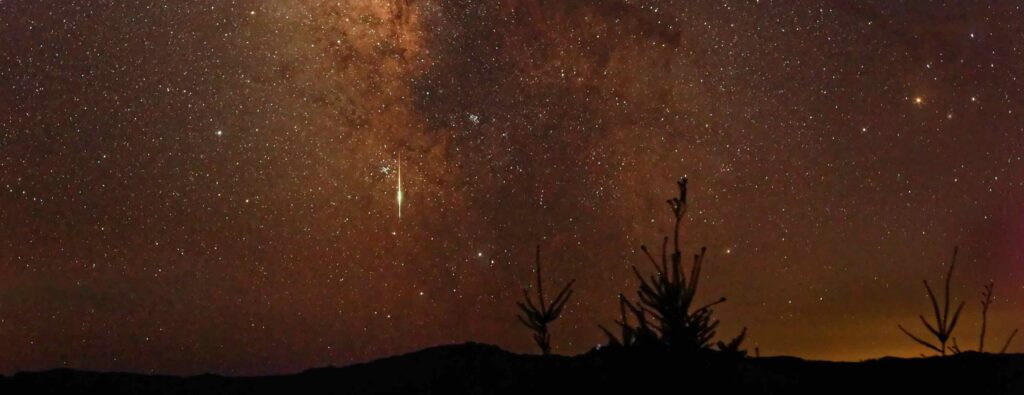To go in the dark with a light is to know the light.
To know the dark, go dark. Go without sight,
and find that the dark, too, blooms and sings,
and is traveled by dark feet and dark wings.
-Wendell Berry

As the days get shorter and winter sets in, we each experience the darkness of the season.
Linguistically, darkness has gotten a bad rap from humans. Darkness in allegory means bad, or sad, or frightening: Bad moods are dark, dark colors are ominous, and going to the dark side is obviously not good! The Bible associates light with God, truth, and virtue; darkness is associated with sin and the Devil, and a dark night of the soul indicates a loss of faith.
But, in truth, the darkness of the night is wondrous: Darkness allows us to see the stars. It dissipates the heat. Shorter days release the leaves to fall. Night blooming flowers need just the right amount of darkness to bloom. Some amphibians only move about at a certain moment of the twilight. Bats need darkness to catch nutritious moths to eat. A cycle of darkness and light is essential for the functioning of ecosystems.
Artificial light emissions at night are increasing rapidly, and have drastically disrupted the natural light and dark cycles. Too much light at night interferes with migrating birds, who need night skies so that they can navigate properly. Sea turtle hatchlings move toward the ocean when they see the glow of the moon on the water, and artificial light confuses them.
Night lights can even disturb the daily rhythm of zooplankton; they stay deep in the water during the day to protect themselves from fish and rise at night to feed on phytoplankton. Even a small amount of light on the surface of the water can prevent zooplankton from feeding, which increases the number of phytoplankton, leading to loss of oxygen in the water, and death for water life.
The daily rhythm of night and day is also essential for our own circadian rhythms. Darkness allows us to sleep, and offers us a natural, nurturing quiet and stillness, a reminder to slow down. In the darkness, we can be with the unknown; we are invited to go beyond what is comfortable and familiar, drop our expectations, and be open to the Great Mystery.
Darkness is not an empty void, but the thing from which all things emerge and to which all things return. Darkness is the other half of light. We have no light without the shadow of darkness, and no shadow without light; they go together as partners.
Tips for finding unity with darkness:
- When night falls, don’t rush to douse the darkness with light. Resist the urge to turn on every light in the house, and light some candles instead.
- Don’t fill the season of darkness with activity: Use it to cultivate your own inner quietness and stillness. Let the season of Christmas develop slowly, and build towards light.
- Practice walking in the dark. Go outside on a cloudless night. If you must carry a flashlight cover the light with a red lens so that it does not disturb the eyes. Wait 5-10 minutes for your eyes to adjust to the darkness before you move about. What do you see? Can you see any stars? Can you see the band of the Milky Way across the sky?
- Change your vocabulary: If our society constantly associates darkness with bad things, this spills into our treatment of humans with darker skin. In other words, our use of the “darkness” metaphor to connote sad or difficult things supports racism.
- Adjust your outdoor lights at home to shine downward, and not outward or up into the sky. Learn how people all over the world are working to reduce light pollution at the International Dark Sky Association.


